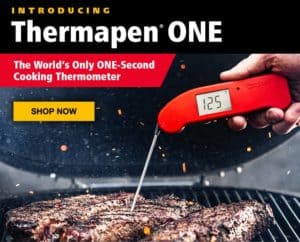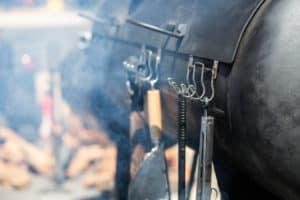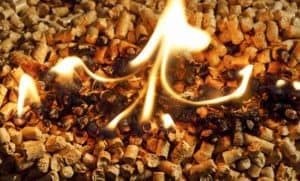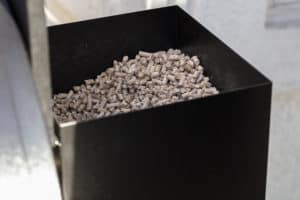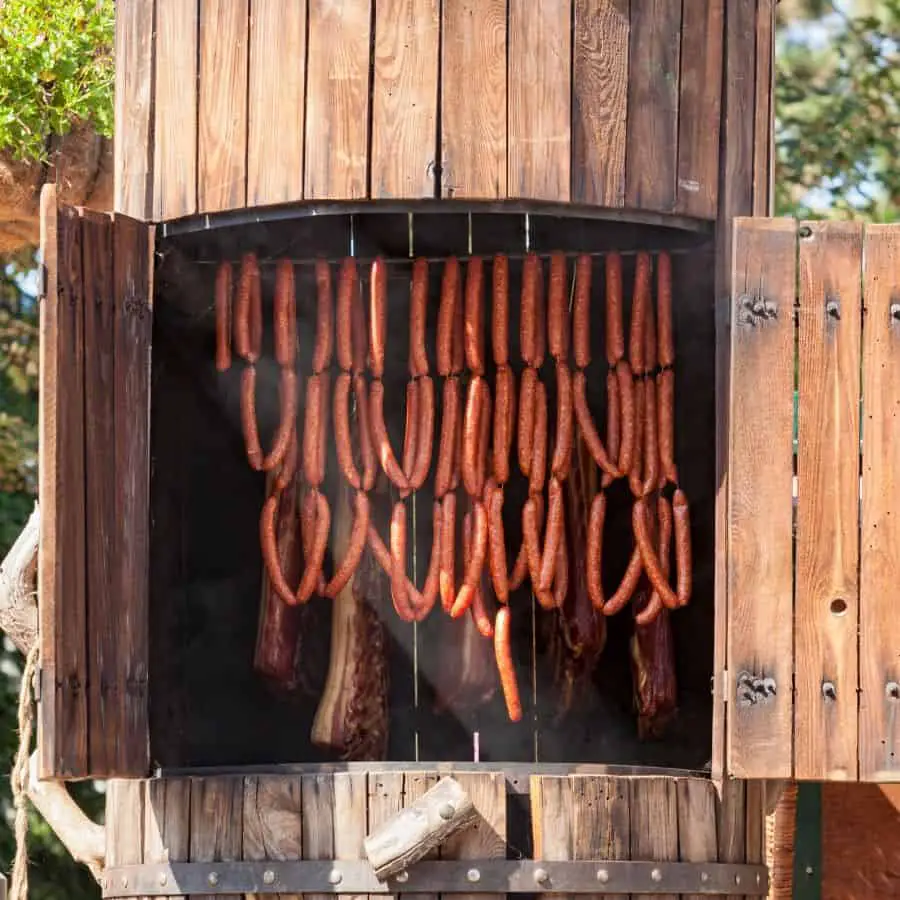9 Types of BBQ Smokers (A Beginners Guide)
Disclosure: This post may contain affiliate links. If you use these links to buy something we may earn a commission at not additional cost to you. Learn more.
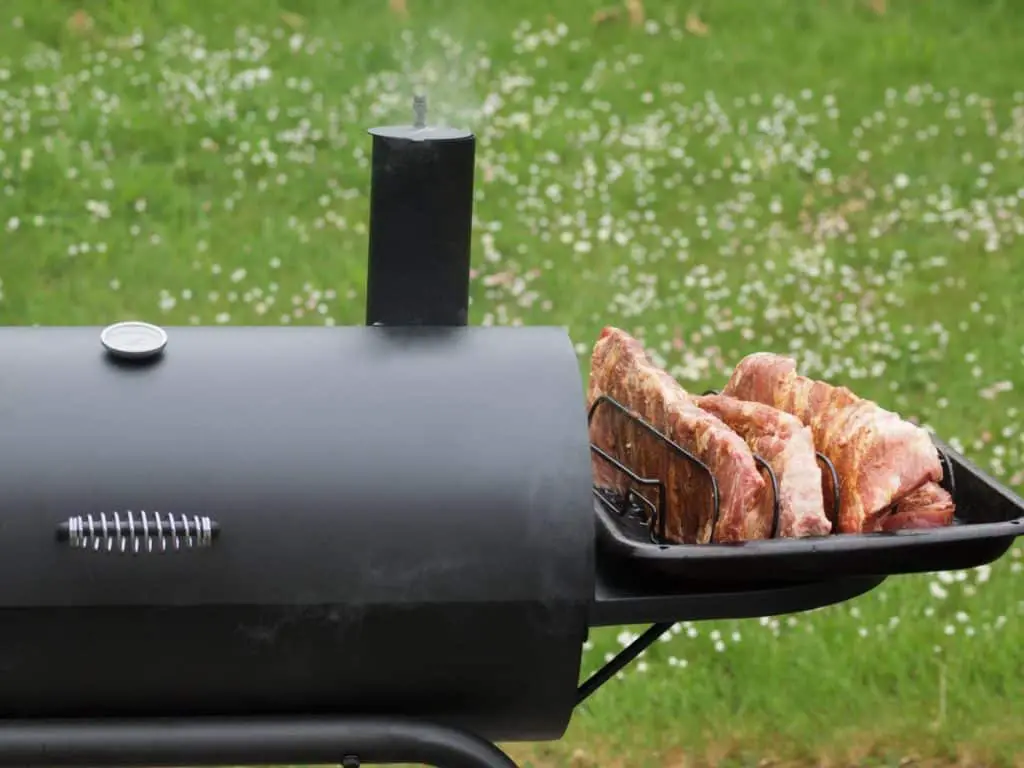
If you’re interested in taking your cooking game to the next level, it might be time to explore a BBQ smoker. They bring out a ton of extra flavor during grilling and they’re ideal for BBQ lovers. But, like many things in life, there isn’t just one product that works for everyone.
Smokers are made with a variety of shapes, sizes, designs, and functions. Some models should only be used by experienced pitmasters, while others are much easier for amateurs. It’s easy to get overwhelmed when you see all the different models and designs on the market, but we’re here to help you through the process!
Below are 9 types of BBQ smokers (ranked in no particular order). Each of them has a unique design and specialty, but they can all be just as effective as the next when they’re used correctly.
1. Offset Smoker (Stick Burner)
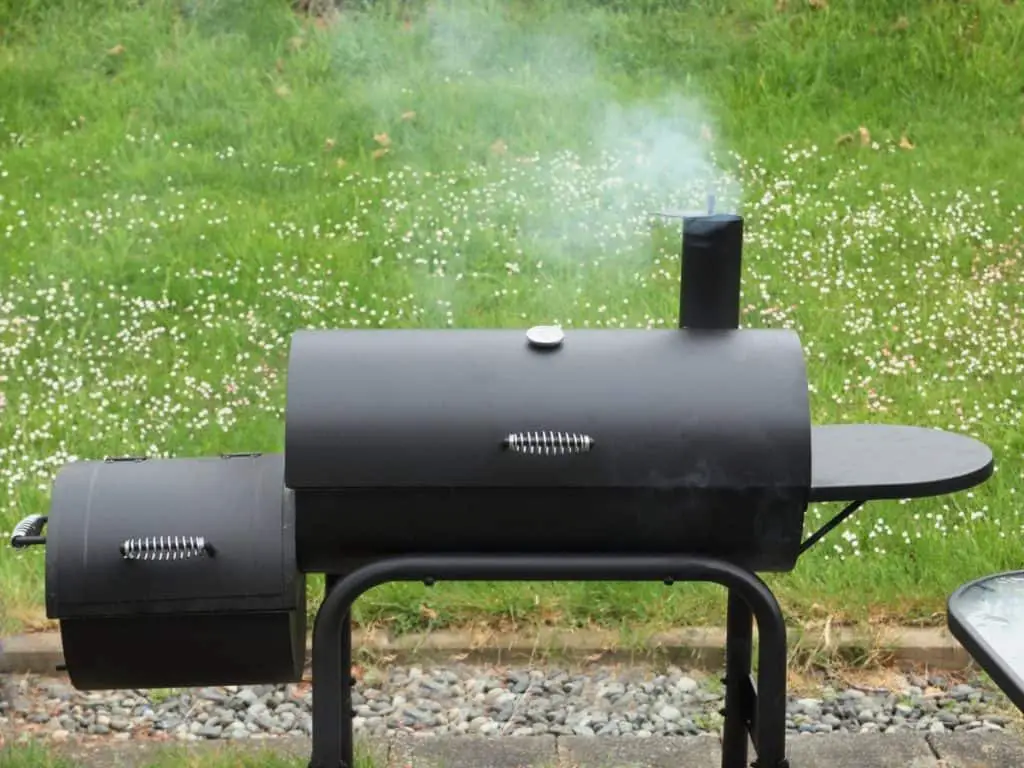
The offset smoker earned its name due to the separated sections for the firebox and the smoking chamber. The firebox sits off to one side in this design. It has a separate door that opens and closes, which allows you to add fuel and stoke the fire as needed. Once it gets up and running, the heat and smoke drift upward to fill the smoking chamber. This cooking compartment is usually outfitted with a smokestack that can be opened or closed at will.
The original offset smokers were created using unused metal oil drums and the modern design still reflects this rounded shape. These smokers are available in horizontal or vertical layouts, although the horizontal is more common. They’ve become quite commonplace in the grilling world and many professional pitmasters and restaurants use them.
Offset smokers are more difficult to operate than most other models because they require a lot of patience and fire maintenance. They’re powered by wood fires and/or charcoal, so you’re dealing with live flame. You can’t just flip a switch and walk away when you’re dealing with a stick burner! They aren’t ideal for amateurs unless they’re committed enough to master it. But if you’re in it for the long haul, an offset smoker could be the choice for you.
Pros:
- Fuel and stoke the fire without opening the smoking chamber.
- Fairly large smoking chamber.
- Great smoke quality when used properly.
- Grill plates can be attached above the firebox, creating an extra grilling space.
- A “traditional” choice of grill.
Cons:
- The fire requires regular upkeep.
- High-quality models are fairly expensive (between $1,000- $5,000)
- One end of the smoking chamber gets hotter than the other, so the meat must be rotated.
- Heavy and bulky.
- Long cook times (Sometimes 12 hours or longer).
- Requires maintenance and cleaning after each use.
2. Charcoal Smoker (Vertical Water Smoker)
Another popular choice is the charcoal smoker, also known as a vertical water smoker. There are several different types of charcoal smokers because that term mainly refers to the fuel source that they use. Vertical water smokers are one of the most common variants.
Vertical water smokers are upright units that have a smooth, rounded design. There are several layers and components that make up its interior design. The bottom layer contains a supply of charcoal, which produces a lot of heat, but not much smoke. It does emit other gases such as carbon dioxide and nitrogen oxide. That might not sound like a good thing, but they actually add flavor to the meat. If you want a bit more real smoke though, you can add a few wood chips to the mix. As these smolder and burn, they’ll create the flavor you’re looking for.
The water pan is the next layer that sits above the firebox. It might be off-putting to see the words “water smoker”, but the water pan is an essential part of the smoking process. The firebox contains a combination of charcoal and wood chips, which create a pretty intense heat source. When this heat hits the water pan, it softens the blow and evenly distributes the heat throughout the smoking chamber. It also prevents the meat from drying out and creates a moist environment.
The smoking chamber sits above the water pan and it’s covered by a metal lid. This lid has vents and exhaust ports to let out excess heat. Overall, this smoker type is fairly easy to maintain and it’s smaller than some other models. If you’re interested in cooking with charcoal, a vertical water smoker is a pretty good place to get started.
Pros:
- Easier washing process than most other smoker types.
- Quite efficient and light for its size.
- Charcoal is easy to find and the heat requires less maintenance.
- Good range of sizes and prices.
Cons:
- Water and wood chips need to be replenished throughout the smoking process.
- Heating charcoal requires more prep time compared to a wood or electric fire.
- Ash and smoke can cling to the interior, making it difficult to thoroughly clean.
- Some models have a small smoking area.
3. Pellet Smoker
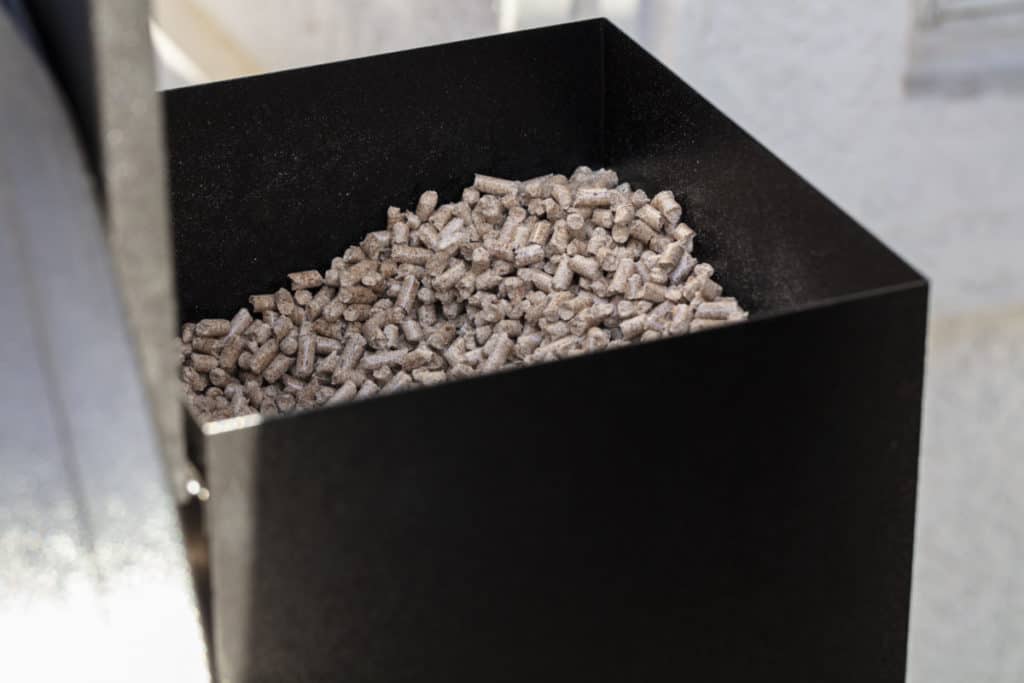
Pellet smokers are newer to the BBQ world, but they’ve quickly grown in popularity. They get their name from their fuel source, which are small wooden pellets made from compressed sawdust. These pellets produce smoke and heat when they’re burned, but they last longer than wood chips. They’re perfect for cooking meats that require low heat over a long period of time.
The design of the pellet smoker is similar to an offset smoker. They both have separate compartments for the fuel source, which is connected to the main smoking chamber. Pellet smokers contain a hopper that’s full of unburned pellets. If you have the right type of smoker, it can monitor the internal temperature and automatically add the appropriate number of pellets to the fire.
These smokers are easier for beginners to use because they self-regulate their temperature. Pellet smokers are also new inventions, so almost every model comes with high-tech designs and accessories. Unfortunately, this usually means that they come with a hefty price tag as well.
Pros:
- Automatic temperature adjustments.
- Fairly large smoking chamber.
- Wood pellets may be a healthier alternative to charcoal.
- Easy to clean.
Cons:
- The smoker and fuel can be quite expensive.
- May come with unnecessary features and accessories.
- They’re newcomers to the BBQ world, so their full ability is not yet known.
- It only functions as a smoker, not a grill.
4. Drum Smoker
A drum smoker is another type of charcoal-powered smoker. In some ways, it’s similar to the vertical water smoker, but it doesn’t use the addition of a water pan. Drum smokers (sometimes called ugly drum smokers) are upright units that usually constructed from 55-gallon oil drums. There are several drum smokers you can buy commercially, but this is one of the smokers you can actually make at home (as long as you use the right tools and safety precautions)
The design of a drum smoker is fairly straightforward. They have an upright structure, with a heat source at the bottom. Charcoal and wood chips are the preferred fuel source, but you could use wood fires or propane as well. As the heat from the fire travels upward, it slowly cools and disperses. A grilling plate is situated near the top of the drum to keep the meat separated from direct heat.
After that, the warm smokey air is either released through the lid or cooled until it sinks down and is reheated. This process is called convection, and it’s utilized in many different smoker designs. Drum smokers are fairly easy to obtain and they have simple designs. However, beginners might have a tough time regulating the temperature and fueling the fires, so this smoker might be better for someone with a lot of smoking experience. It will be hard to get the preferred result unless you know what you’re doing.
Pros:
- Can be constructed at home.
- Fairly cheap for a smoker (either DIY or store-bought).
- Can run off a variety of fuel sources.
Cons:
- Can be dangerous to use if they’re improperly made.
- Meat could end up dryer than expected.
- Hard to measure and regulate temperature.
5. Kamado Smoker
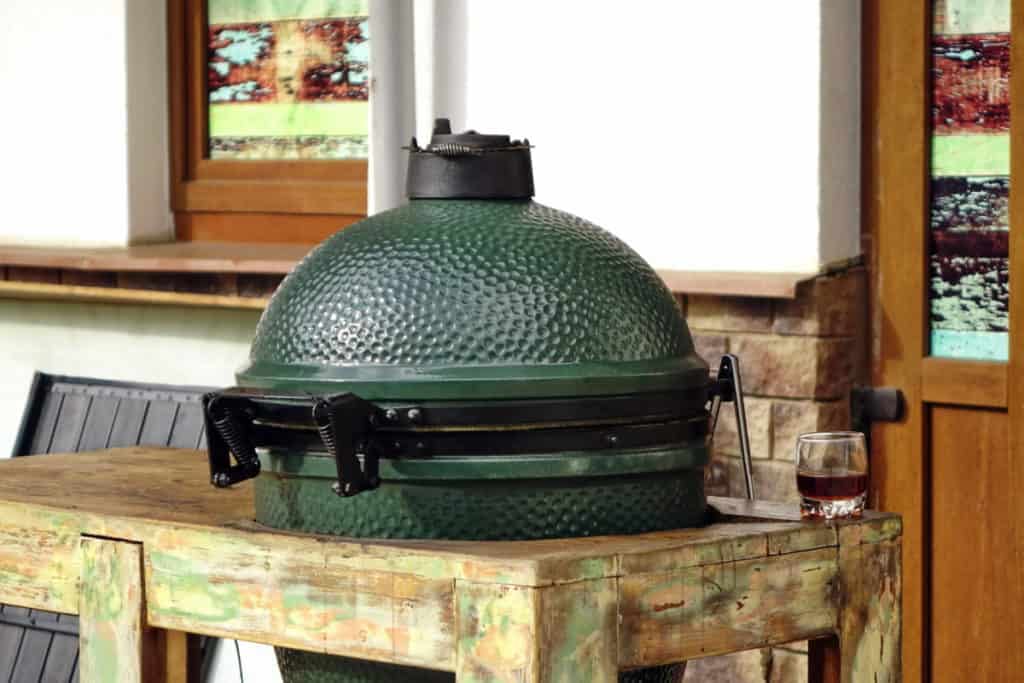
The design of the Kamado smoker comes from Japan. They’ve been around for almost 3,000 years, but their popularity has recently spiked in America. It looks like a large green egg or acorn, and sometimes they’re referred to as egg grills because of this! Modern Kamado smokers are made of a combination of metal and sturdy ceramic, which helps them retain heat and moisture.
Most Kamado smokers are fueled by charcoal and wood chips. Their interior design is quite similar to that of a vertical water smoker, but they are smaller and more rounded. The base of this smoker contains the fire’s fuel source. A water pan and sometimes a deflector plate sits between the heat source and the smoking chamber. This helps to disperse the heat and create a moist environment.
Once the smoke enters the main chamber, it will either escape through the top vents or flow downward with help from the curved interior. These smokers are fairly small, which makes them a good portable option. The thick ceramic and metal can still make them pretty heavy though. Overall, these are good smokers for people who are new to BBQ smokers, but it may take a bit of practice to learn how to regulate the temperature.
Pros:
- Adaptable design that can be used for smoking, grilling, and roasting.
- Small and portable.
- Well insulated to maintain heat and moisture.
- Works in warm and cold weather.
Cons:
- Quite heavy for its size.
- High-quality models are fairly expensive.
- Water and fuel levels must be maintained through the smoking process.
- Takes a while to cool down and it can be hard to regulate temperature.
6. Electric Smoker
Electric smokers are very popular choices for casual grillers or those who are just starting out. They operate with an electric heat source, not a combustible one. They use water pans as well, which creates water vapor and dilutes direct heat. This combination makes it much easier to control the temperature. In fact, with an electric smoker all you need to do is set your required temperature and the machine will do the rest!
Unfortunately, an electric smoker doesn’t create any smoke by itself. The heat source doesn’t emit any fumes, so the smoke comes from wood chips. These chips are placed between the heat source and the smoking chamber and they do create enough smoke to help it function. However, many grillers have found that the taste isn’t quite as good as meat that’s been smoked over charcoal or wood-fed fire.
For most of your day-to-day smoking needs though, an electric unit will do just fine. They’re quite popular and it’s easy to find them in stores. Some models can even be operated with Bluetooth hookups and digital control panels. This makes it even more appealing for people who want to throw the meat in and do something else while it smokes. Electric smokers are definitely a good choice for beginners.
Pros:
- Easy to clean.
- Automatically regulates its own internal temperature.
- Cheap to operate.
- Easy to find in stores.
Cons:
- The flavor isn’t quite as good as smokers that use charcoal or wood.
- Must be plugged in to operate.
- Fairly large and hard to transport.
- The moist interior makes it difficult for food to form a crisp outer layer.
7. Gas/Propane Smoker
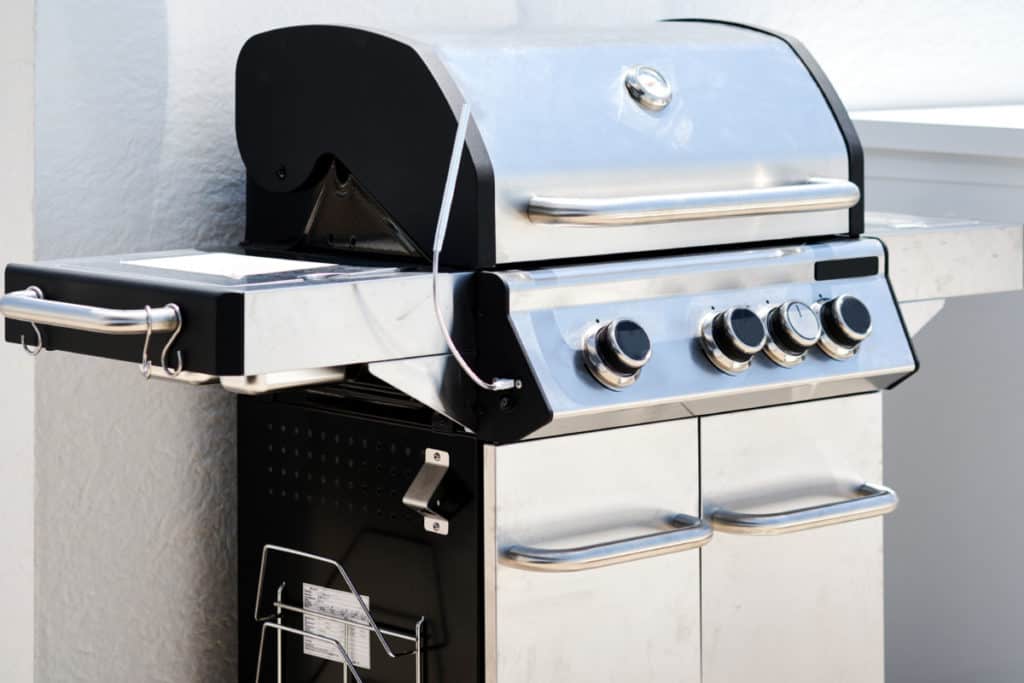
Electric smokers and gas-powered smokers are similar in many ways. They’re both popular choices for amateur BBQers due to their simple setup and low-maintenance operation. They can either be upright or horizontal, but all of these smokers are fueled by propane or another type of gas.
Propane smokers are versatile and can be used for grilling, roasting, or smoking. They’re fairly large and can handle a good amount of meat. Many of them have multiple racks as well, so you can double the space for smoking. Propane or other gases lights a controlled fire at the bottom of the smoker. This heat travels through a tray of water and a tray of wood chips before it reaches the main smoking chamber.
The wood chips create smoke as they’re heated, but some pitmasters feel that gas-powered smokers produce lower-quality smoke overall. They are quite easy to operate, however, and you don’t have to worry about maintaining or adjusting the heat. Like electric smokers, gas-powered models automatically regulate their temperatures.
Pros:
- Fairly easy to clean.
- Automatically regulates the interior temperature.
- Fuel is easy to buy at stores.
- Heats up quickly so you don’t have to wait to get started.
Cons:
- You need to have fuel tanks on hand, which can be bulky and expensive.
- Lower-quality smoke.
- Bulky and hard to transport.
- Might give the meat an artificial “bacon-y” taste.
8. Box Smoker (Cabinet Smoker)
Box smokers (also known as vault smokers or cabinet smokers) resemble a metal safe or a small, old-timey refrigerator. As the name might suggest, they have a boxy design that can hold multiple smoking racks or grilling plates. They come in a variety of lengths, widths, and heights, but the rectangular design is universal.
These smokers have separate areas for the firebox and smoking chamber, which is quite useful. You can add fuel and stoke the fire without opening the main vault and letting all the smoke out. High temperatures from the firebox drift upward and fill the main chamber with heat and smoke.
Box smokers are fueled by wood fires or charcoal, so they usually have a good quality of smoke. They’re usually made from solid metal and have secure latches on the outside. Cheaper models might allow heat to escape, but more expensive ones have better insulation. It’s worth the extra money to invest in a good box smoker. The firebox requires extra maintenance and it can be hard to regulate the temperature though. Overall, this type of smoker is best for people with more experience.
Pros:
- High quality of smoke, which improves meat flavor.
- Good box smokers seal heat and smoke inside.
- Most models come with meat probes and thermometers.
- Range of sizes and prices.
Cons:
- The bulky and heavy structure is hard to transport.
- Temperature requires frequent adjustments.
- The metal exterior and handles can become quite hot.
- Cheaper models may have poor insulation.
9. Kettle Grill
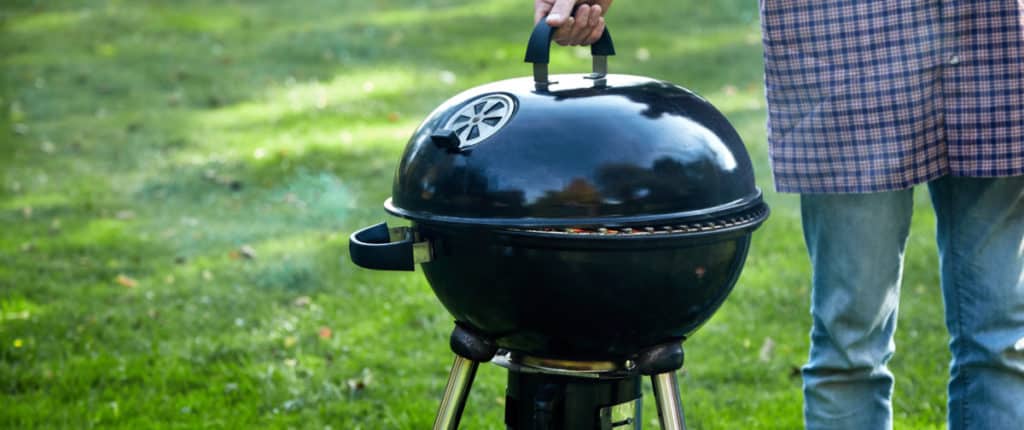
When you think of a backyard grill, the kettle grill is probably what you think of. This is a small, round grill that is usually fueled by coal. Although they are mainly designed for grilling, kettle grills can be used as smokers as well.
Because kettle grills are smaller and more shallow than other kinds of smokers, there’s a greater risk of overcooking your food while you’re trying to smoke it. There isn’t much separation between the heat source and the food. In order to properly smoke your food, you usually need to arrange the coals in a strategic shape and add a pan of water.
In the base of the kettle grill, create a C-shape with unlit coals and nestle a pan of water next to them. Place a few chunks of wood on top of the coals so they can create more smoke. Then add a few hot coals to one end of the C and let them slowly ignite the rest. This process will keep the grill’s temperature fairly low, while also evaporating the water.
It can be difficult to properly smoke meat with a kettle grill. A certain amount of skill and BBQ know-how is needed to maintain a steady temperature, so this isn’t the best option for beginners.
Pros:
- Portable and lightweight.
- Doesn’t require much fuel.
- They are cheap to buy and widely available.
Cons:
- Fairly difficult to clean.
- Not designed for smoking.
- More difficult to regulate temperature.
- Small surface area.

